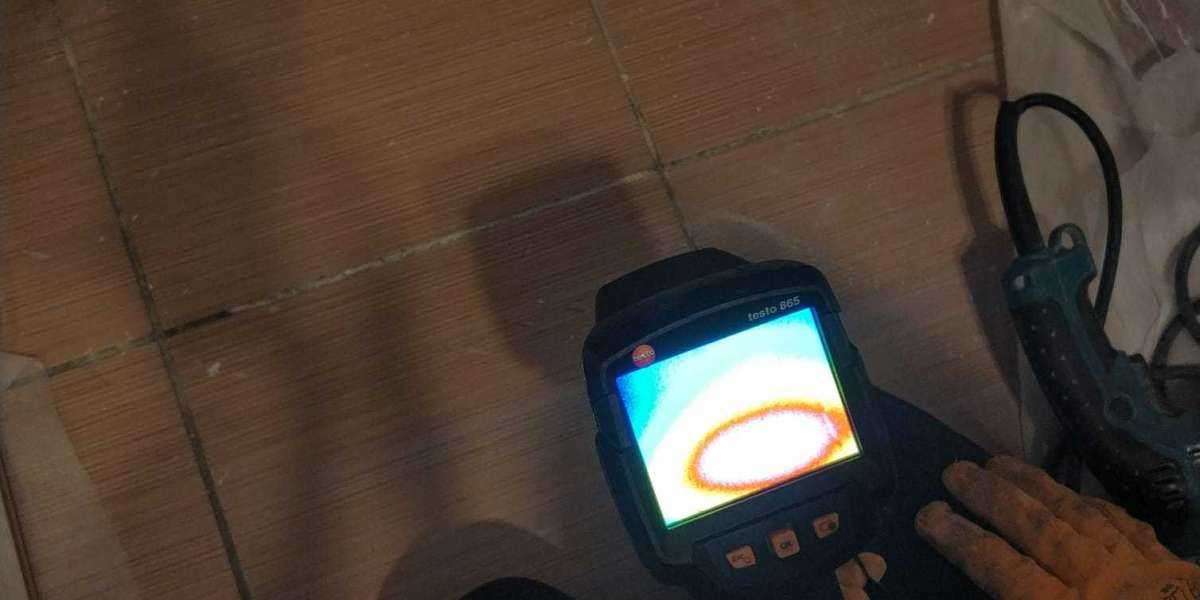In the summer of 1977, a groundbreaking event took place that would forever change our understanding of the universe and humankind's exploration of space. On August 20th of that year, NASA's Voyager 2 spacecraft embarked on a momentous journey, venturing into the vastness of outer space. This bold mission would take Voyager 2 on a multi-planetary adventure, providing invaluable insights into our solar system's distant planets, their moons, and ultimately breaking free from the confines of our cosmic neighborhood as it continued its mesmerizing odyssey beyond the stars.
The scene at Cape Canaveral, Florida, was one of immense anticipation as the countdown commenced for Voyager 2's historic launch. This cutting-edge spacecraft was a testament to human ingenuity and technological prowess, equipped with state-of-the-art scientific instruments and groundbreaking imaging systems. The expanse of deep space beckoned, and Voyager 2 was ready to embark on a voyage of exploration like no other.
The primary objective of Voyager 2 was to conduct close flybys of Jupiter and Saturn, capturing never-before-seen images and collecting vital data about the planets' environments. The mission aimed to unravel the mysteries surrounding the gas giants, their unique atmospheres, and swirling storms, presenting an opportunity to deepen our understanding of these colossal celestial bodies.
As Voyager 2 accelerated towards Jupiter, it flawlessly executed a series of meticulously calculated maneuvers to achieve its intended trajectory. On July 9th, 1979, after a journey of nearly two years, the spacecraft made its closest approach to the gas giant. The world watched in awe as Voyager 2's cameras captured jaw-dropping images of Jupiter's iconic turquoise clouds, massive storm systems, and the grandeur of its intricate ring system.
With the successful completion of its mission at Jupiter, Voyager 2 was primed for its next encounter – the majestic planet of Saturn. After another two-year journey, the spacecraft arrived in the Saturnian system on August 25th, 1981. The stunning images transmitted by Voyager 2 revealed Saturn's captivating rings in unprecedented detail, showcasing their intricate patterns and highlighting their enigmatic composition. Additionally, the mission's discoveries included the identification of new moons and notable features within Saturn's dynamic atmosphere.
Having accomplished its primary objectives, Voyager 2 was poised to continue its voyage into the unknown, becoming the first and only spacecraft to visit Uranus and Neptune. Swinging by Uranus from a distance of 81,500 kilometers on January 24th, 1986, Voyager 2 unveiled the planet's icy blue complexion, numerous moons, bizarre magnetic field, and peculiar rotational axis. The revelations were invaluable in expanding our knowledge of the outer planets and their unique characteristics.
Voyager 2's final planetary rendezvous came on August 25th, 1989, when it encountered Neptune, the distant ice giant, at a distance of approximately 4,950 kilometers. The images and data captured during this encounter provided scientists with insights into Neptune's stormy atmosphere, its intriguing ring arcs, and its dynamic moon system. As Voyager 2 bid farewell to Neptune, it entered a realm of space previously unexplored by any human-made craft – interstellar space.
yeezy foam runner size 3The Voyager 2 mission, launched in 1977, captivated the world with its monumental achievements, forever pushing the boundaries of human exploration. Even to this day, the spacecraft continues its incredible odyssey, venturing deeper into the void between the stars, carrying with it humanity's curiosity and insatiable desire to unlock the secrets of the cosmos.
nike dunk high / ambush







